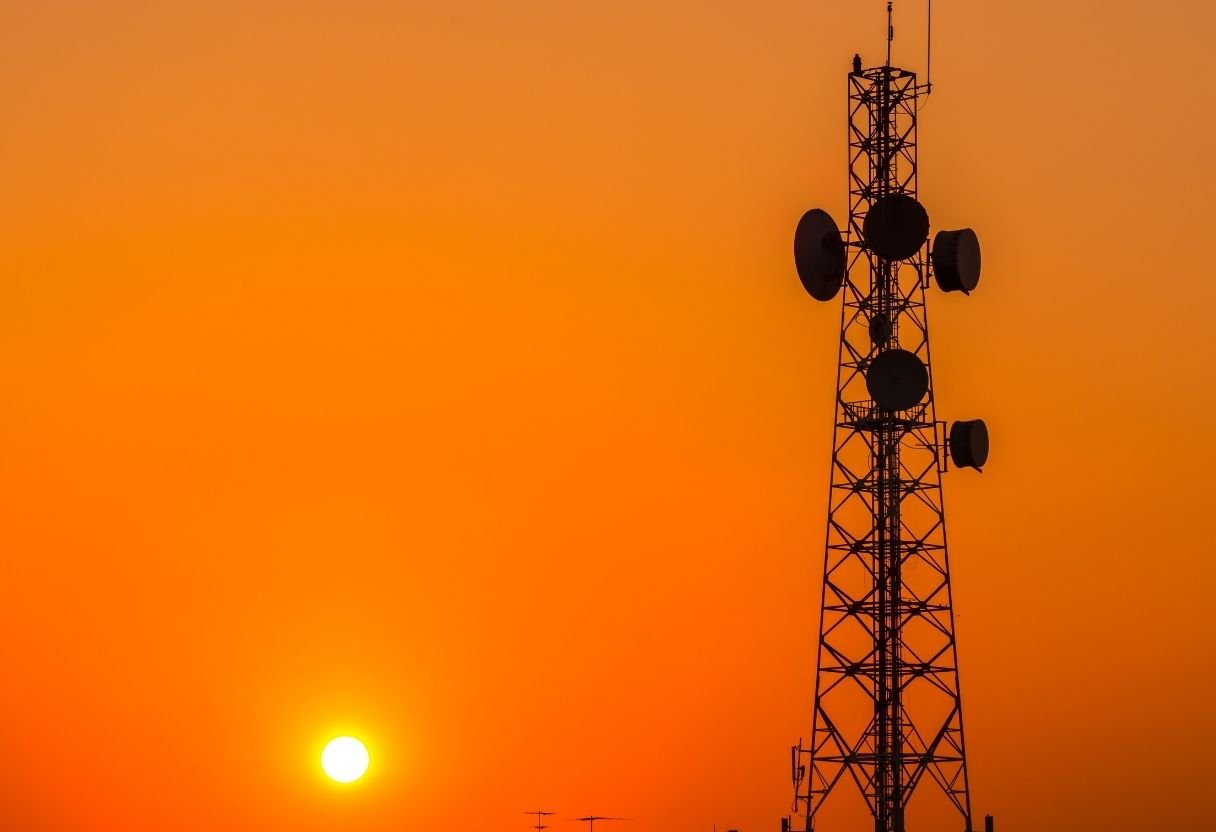Cellular Data: an innovative way to monitor temperature

Temperature monitoring and analytics platforms are one of the best ways to protect your inventory and cold storage equipment—but not every platform is created equal.
Today, some of the most popular and common systems rely on WiFi to transmit signals between sensors, hubs, and the cloud. However, the dynamic nature of foodservice renders this option ineffective at performing its function.
In contrast, GlacierGrid relies partially on cellular data to transmit signals between our hardware and software suite. Cellular data has several unique advantages in regard to temperature and humidity monitoring. Using cellular data allows our devices to run without access to electricity, the internet, and even with physical obstructions in your building.
Curious about the advantages of a cellular-powered temperature monitoring and analytics platform? Read on to learn more.
What is remote temperature monitoring?
Remote temperature monitoring refers to Internet-of-Things (IoT) devices that automatically measure temperature and humidity, specifically in cold storage. Remote monitoring is essential to the sustained success of businesses in this industry. After all, refrigeration equipment such as lowboys, walk-ins, and freezers store your inventory—some of the valuable assets you have.
Did you know that the average restaurant spends about 35% of its budget on food? However, organizations waste up to 10% of that inventory annually. One of the primary reasons for this waste is improper storage conditions. Improperly stored food refers to items held at temperatures above 40°F for over two hours—otherwise referred to as the food safety danger zone.
Holding conditions fluctuate for a variety of reasons, including:
- Faulty gaskets
- Doors accidentally left open
- Clogged compressors
- Routine defrost cycles
The foodservice industry uses remote monitoring to detect and indicate spikes in cold storage holding conditions caused by these issues.
Solutions like GlacierGrid empower teams to react proactively by indicating the need to relocate inventory, perform and refine preventative maintenance, or even summon facilities teams to fix mechanical problems within cold storage.
The importance of signal
By nature, remote monitoring devices rely upon wireless signals to transmit data. The critical component in this equation is a sensor placed in cold storage that monitors temperature and a hub that distributes the information to users, usually via WiFi or Cellular Data.
Remote monitoring using WiFi
The acronym WiFi stands for Wireless Fidelity. It functions by sending radio waves between devices.
WiFi is unique because it relies on a centralized router that can connect to multiple devices at once—making it a popular choice for hubs and routers because of its ubiquity. Worldwide, 60% of people use WiFi to connect to the internet, with 50% of those users relying on mobile devices.
Unfortunately, WiFi systems are constrained in commercial buildings and do not function without a consistent electrical connection. This means that devices won’t function during power outages. Plus, the strength of your internet signal impacts the performance of WiFi systems. If you attempt to utilize WiFi in a rural or isolated region or a building with poor WiFi connection (such as those with thick, steel walls), you may experience poor performance.
Remote monitoring using cellular data
Remote monitoring systems that rely on cellular data operate similarly to their WiFi-powered cousins, but the data travels an alternate path. Cellular data must reach a centralized tower before distributing it to a receiver. The receiver is usually a mobile device such as a cell phone or tablet.
Cellular data can travel much further than WiFi, with a range only constricted by the location of towers. The average range of cellular data is about 45 miles, compared to about 300 feet for WiFi. Therefore, in virtually any location where you can make a phone call, cellular data functions. This feature is handy in locations such as a food truck or in outdoor vending, where WiFi may not be practical.
How GlacierGrid uses cellular data
GlacierGrid relies on cellular data because it delivers significant advantages to our customers. In contrast to WiFi, cellular data transmits temperature data flawlessly through the dense infrastructure found in facilities that house foodservice operations.
Due to the dispersed nature of foodservice facilities, we recognize the difficulties limited transmission distance poses. Using cellular data allows recording and viewing data in areas where WiFi may not function properly. Thus, the extended range gives the management the ability to review equipment trends across organizations.
Considering your options
We advise foodservice teams to consider the finer points of their operations when evaluating which remote monitoring platform is best for their business. However, if you're looking for an all-purpose solution that universally performs, consider GlacierGrid.
GlacierGrid cellular data-powered temperature monitoring and analytics platform delivers fast, reliable signals over long distances and through thick metal-plated walls. Ultimately, these qualities help our customers save $15,000 per year.
Want to see for yourself how GlacierGrid can help you end equipment emergencies and prevent food waste? Click here to learn more.







